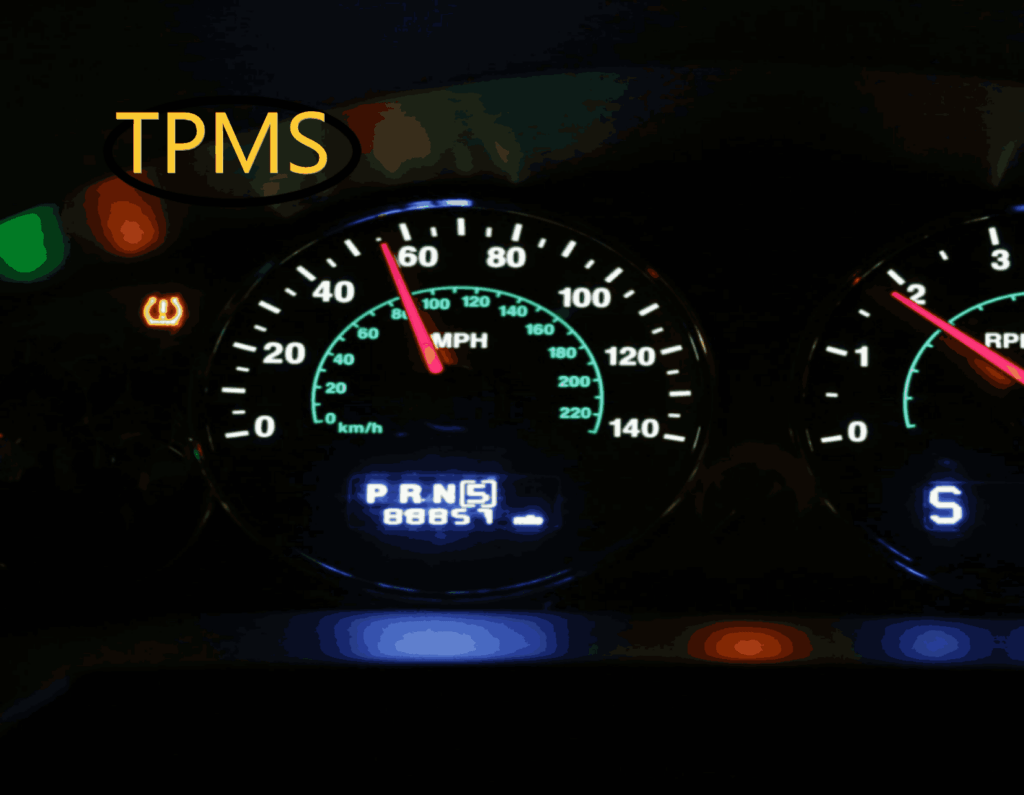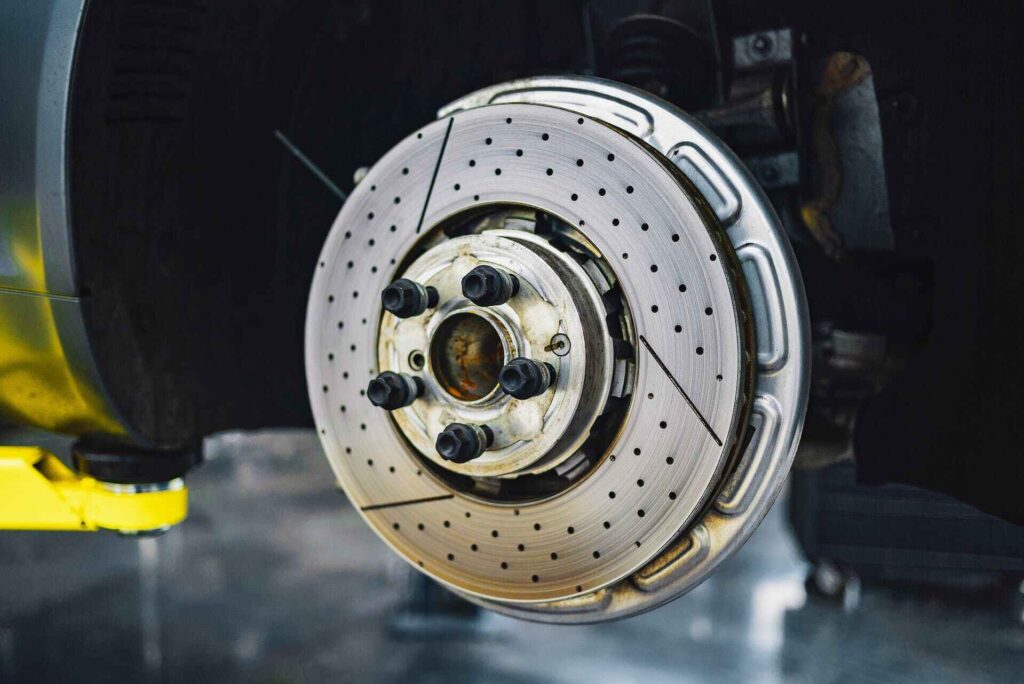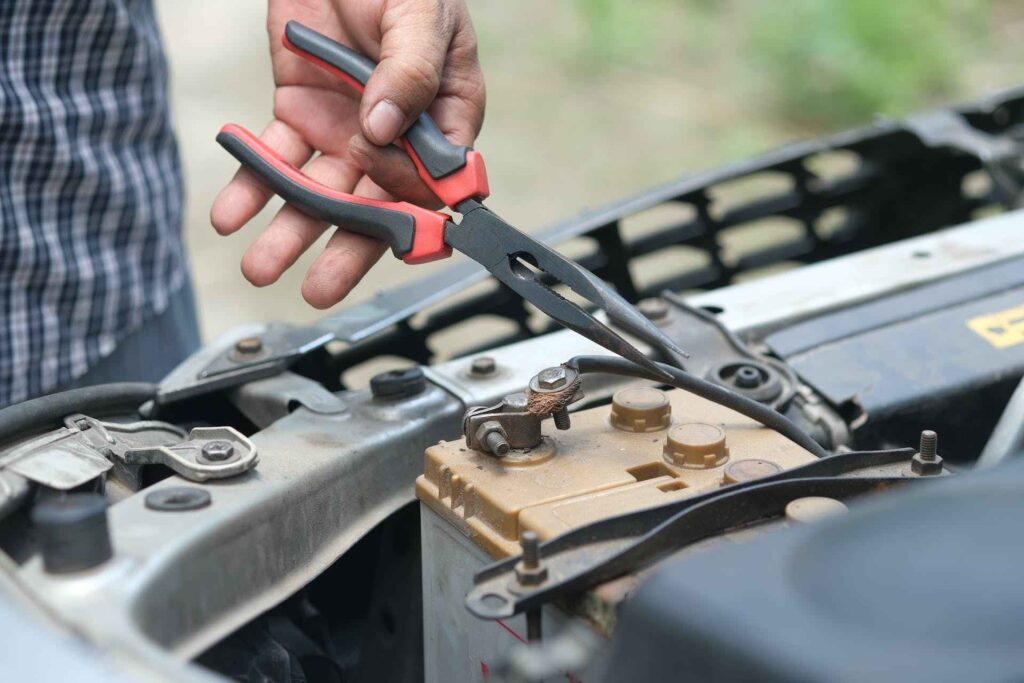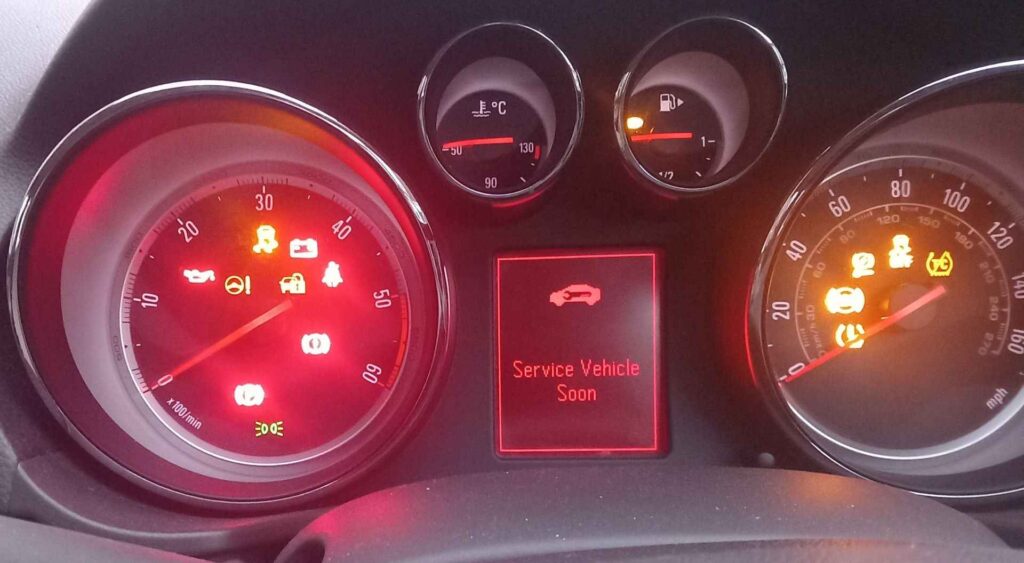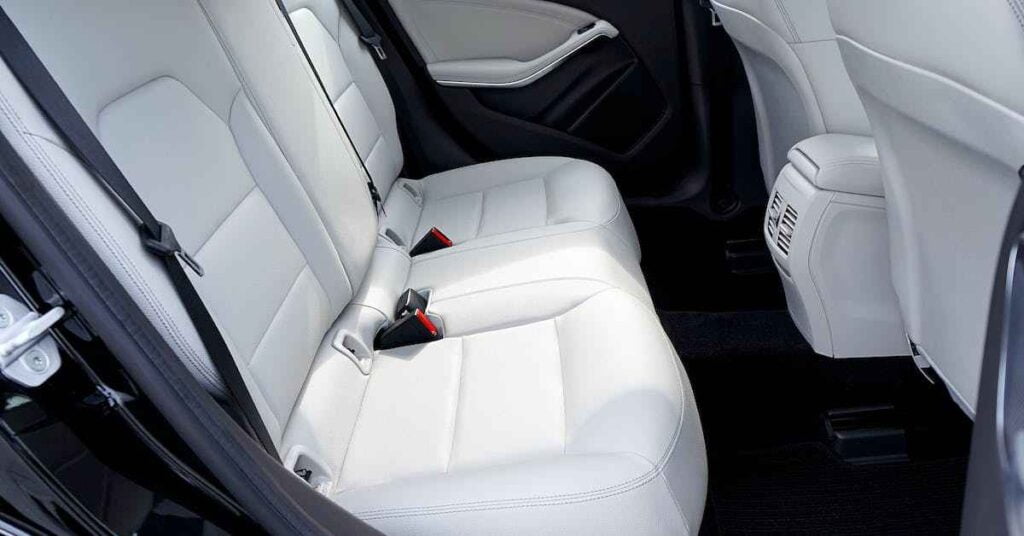The Honda Light TPMS (Tire Pressure Monitoring System) is a tire pressure monitoring device that alerts the driver with a Low Tire Pressure warning light on the dash if a tyre pressure falls below a specific range. The system makes use of sensors attached to tire valves for accurate readings of car tyre pressure. Each of the 4 tires including the spare tire (in some models) is fitted with the TPMS sensor.
- When does the Honda Light TPMS Come on
- Why does the TPMS Light not Reset After I Inflated the Tyre?
- What Does a Flashing Tire Pressure Light Mean?
- The Honda Light TPMS comes on for a Few Minutes and Turns Off Itself After.
- How to Reset TPMS Light Warning
- Honda light TPMS still Flashing After Reset.
- Disconnecting the Battery to Clear the TPMS Sensor
- Does my Old Car Not have TPMS?
- Why is Honda Light TPMS Important
- Why Can’t I See that My Tyre is Low
- How to Check Tire Pressure with Gauge
When does the Honda Light TPMS Come on
The Honda light TPMS comes on when its sensor suspects your car tire pressure is 25 percent below the recommended PSI. If you notice this light, you need to safely pull over, inspect the car tyres and inflate them if required. Most Honda light TPMS warnings can be resolved by filling the tires with air to the specific required level.
What Should My Tire Pressure Be?
Tire pressures are measured in PSI (Pounds Per Square Inch) and vary according to vehicle types and tire types. You can find a car’s recommended tire pressure in the owner’s handbook, on the sticker inside the driver’s door, sticker on the driver’s seat belt, or on the tire itself.
Why does the TPMS Light not Reset After I Inflated the Tyre?
This is common to most cars. To address this, try driving the car for some minutes at about 28mph or above. At this speed, the TPMS will get less interference from other sensors or radio frequencies; allowing it to update through the serial data bus. The serial data bus sends the updated pressure to the TPMS sensor, after which the warning light turns off.
What Does a Flashing Tire Pressure Light Mean?
If your Honda light TPMS is on and flashing, it could mean a malfunctioning tire pressure sensor or the sensor battery is failing. Whichever the case, you need to consult your mechanic as soon as possible to carry out a detailed diagnosis of the fault and correct the problem.
The Honda Light TPMS comes on for a Few Minutes and Turns Off Itself After.
This scenario is mostly common during the cold season when type pressure drops as the weather becomes colder. Tire pressure drops 1 PSI with every 8-10 degree drop in cold temperatures. There is the good news, however, as your vehicle warms up, and the tire heats up, the pressure improves and stabilizes. I am sure you must have heard of summer and winter tires.
How to Reset TPMS Light Warning
If your car diagnostic system has seen a TPMS fault more than once, it may have stored it as a historic fault. To clear the historic fault, you need to recalibrate or reset the Honda Light TPMS system.
Resetting TPMS Light in Newer Honda Vehicles
On newer models with touchscreen display,
1. Toggle the Setting button on the home screen.
2. Select ‘Vehicle’
3. Select the TPMS Calibration button.
4. Select ‘Calibrate’
For new models without a touchscreen
1. You would need to make use of the button on your steering wheel to access the Driver Information Interface.
2. Scroll to ‘Settings’ and select it.
3. Select the ‘TPMS Calibration’ button.
4. Select ‘Calibrate’
This TPMS Light reset steps applies to all Honda vehicles (Honda Pilot, Honda CR-V, Honda Accord, etc )
Honda light TPMS still Flashing After Reset.
The TPMS light may stay on longer even after inflating your tire to the right pressure or resetting. This may arise because of a problem with the TPMS system itself and not the tires. The TPMS light is not infallible. If this is the case, it’s time to visit your mechanic to diagnose and fix the problem.
Disconnecting the Battery to Clear the TPMS Sensor
Yes. Some people adopt this method to reset the Honda TPMS light. But in most cases, this doesn’t work as the sensor saves all the codes as a historic fault and doesn’t reset itself even when you disconnect the battery. This method could be counterproductive, as it could distort some internal running programs in your car. We recommend you not to try this as the codes are needed by the mechanic to dragonize and fix the fault
Does my Old Car Not have TPMS?
All old Honda cars before 2008 most likely didn’t come with this feature. If you never notice the TPMS light on your dashboard signals when you start your car, it’s most likely your car didn’t come with the TPMS sensors. If this is the case, you need to carry a gauge to check and top up air when required. You can get a gauge or inflator pump from any local auto part dealer around you or online.
Why is Honda Light TPMS Important
The Honda light TPMS is an essential system to have in your car because it monitors your car tire pressure and alerts you to take immediate corrective actions. Tyres are the only part of a car that has direct contact with the road surface and makes use of air pressure. Hence You need to make sure your tires have adequate pressure as recommended in your owner’s manual.
With less pressure in your car tyre, your vehicle would suffer from the following.
-An underinflated tire would generate more heat. The heat is because of the increased friction between the tire and the road surface.
-More pressure on your car engine to keep with the speed: Your engine works harder releasing more carbon and your vehicle becomes less environmentally friendly.
-Underinflated tires make the engine consume more fuel by about 5 to 10 percent.
-Damage to your tire tread and Reduced Tyre life span: A tire that is underinflated by 5 PSI can reduce the tire life span by 25 percent.
-poor steering, handling, and griping. Harsher steering
-Risk of tire blowouts and accidents. Tyre blowouts can result in loss of control of the vehicle and potential accidents and loss of life to the driver and other road users.
Why Can’t I See that My Tyre is Low
The human eye can’t detect low pressure in tires except in extreme cases when the tire has been totally deflated. Some vehicles however come with monitoring signals on your dashboard that tell you the car tyre pressure. You can use this to know when the tyre pressure is running low.
How to Check Tire Pressure with Gauge

You can check your tire pressure and inflate it quickly and easily with a tyre gauge. If you don’t have a gauge in your car, you can order one online or visit any local mechanic around you. Here is how to check tire pressure.
- Remove the tire valve dust cap and insert the end of the gauge nozzle onto the valve.
- Make sure the gauge nozzle is properly fitted to get an accurate reading.
- Compare the reading on the gauge with the recommended tire pressure required by your car (you can check your car manual)
- Do the same for all four tires as well as the spare tire.
- If the pressure is below the recommended PSI, inflate it by adding more air.
Read: My Honda VSA Light is On | Is It Safe to Drive
Kindly visit our Home Page for more related articles.

